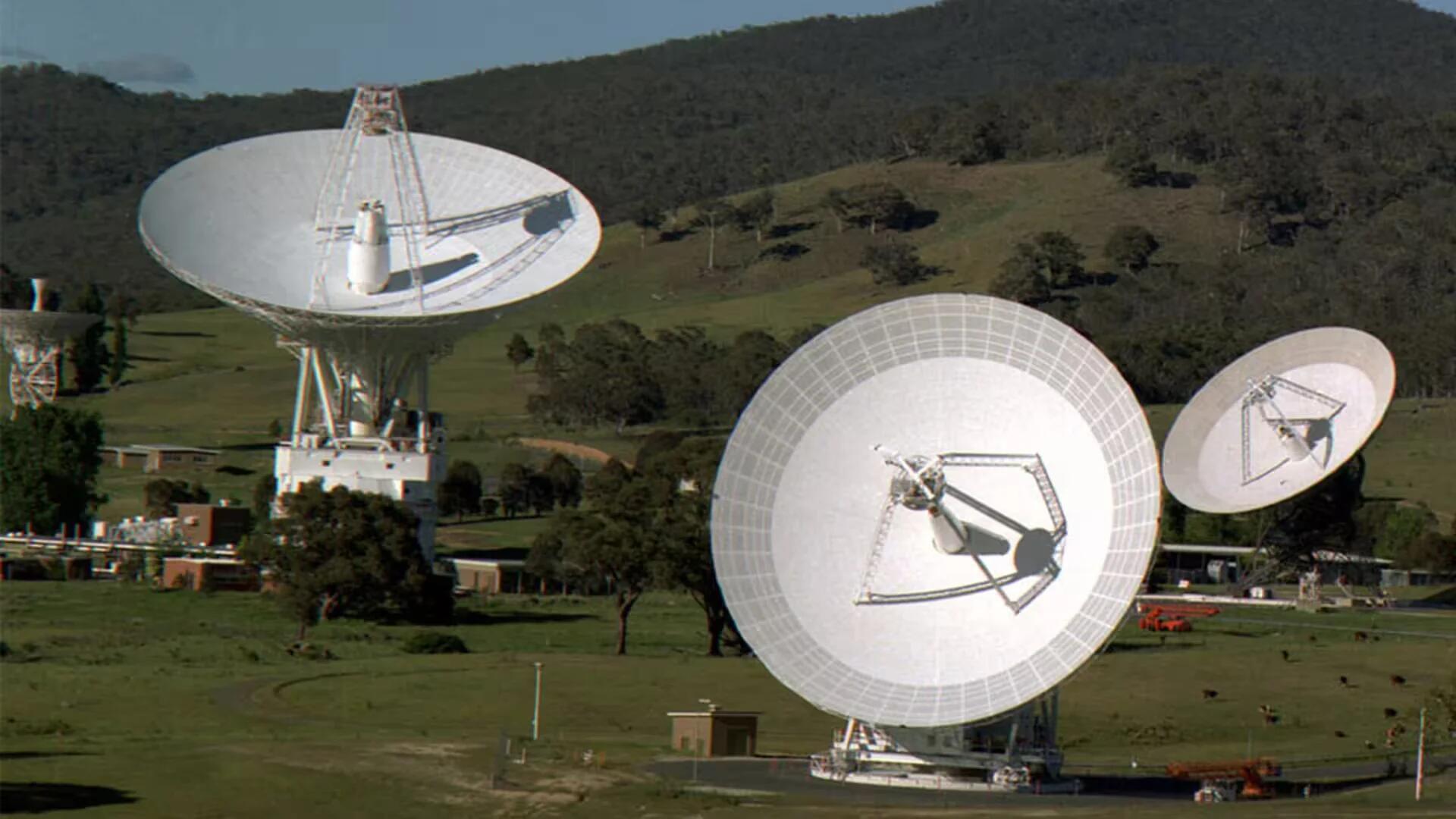New Horizons has collected tens of gigabits of data from its Pluto flyby and stored them on its digital recorders. Today, NASA started the process of downlink the data from the spacecraft. Due to the distance and the volume of data, it will take about one year to complete the downlink.
This is what we came for – these images, spectra and other data types that are going to help us understand the origin and the evolution of the Pluto system for the first time.
And what’s coming is not just the remaining 95 percent of the data that’s still aboard the spacecraft – it’s the best datasets, the highest-resolution images and spectra, the most important atmospheric datasets, and more. It’s a treasure trove.
Currently the New Horizons is over 3 billion miles away from Earth, and even moving at light speed, the radio signals from New Horizons containing data need more than 4 ½ hours to reach Earth. In addition, the spacecraft’s communication rate slows down with distance. With New Horizons past Pluto, the typical downlink rate is approximately 1-4 kilobits per second, depending on how the data is sent and which DSN antenna is receiving it.
The spacecraft can only collect data or downlink it, so during the flyby it was busy measuring as much as it could about Pluto and its moons to tell us about later. Since late July, New Horizons has only been sending back lower data-rate information collected by the energetic particle, solar wind and space dust instruments. The pace picks up considerably on Sept. 5 as it resumes sending flyby images and other data.
The New Horizons team also plans to continue posting new, unprocessed pictures from the Long Range Reconnaissance Imager (LORRI) on the New Horizons project website each Friday. You can find the images at http://pluto.jhuapl.edu/soc/Pluto-Encounter/index.php.
While it is impossible to predict what secrets the dwarf planet has in store for us, we know the New Horizons science team will release their raw, unprocessed image sets each Friday until all the data is down in fall 2016. Recently, the New Horizons team has posted a 16 second video of New Horizons Pluto flyby on Instagram.
You can see data reaching earth from New Horizons by visiting NASA’s Deep Space Network Now website, which shows which antenna is receiving data and at what speed.
After passing Pluto on July 14, New Horizons got a slight boost of about 13 mph in its already super-fast speed. It is now traveling at more than 36,000 mph toward its next target, which will be an object in the Kuiper Belt – a thick band containing more than 10,000 objects that wraps around the outer edge of the solar system beyond the orbit of the planets.
The New Horizons will continue its travels at incredibly fast speeds with the aim of reaching an object called 2014 MU69 in the Kuiper Belt, which is almost 1 billion miles from Pluto. It is estimated that the spacecraft will reach its next destination in less than four years, i.e., sometime in January 2019.
Source: NASA, Deep Space Network Now, LORRI
